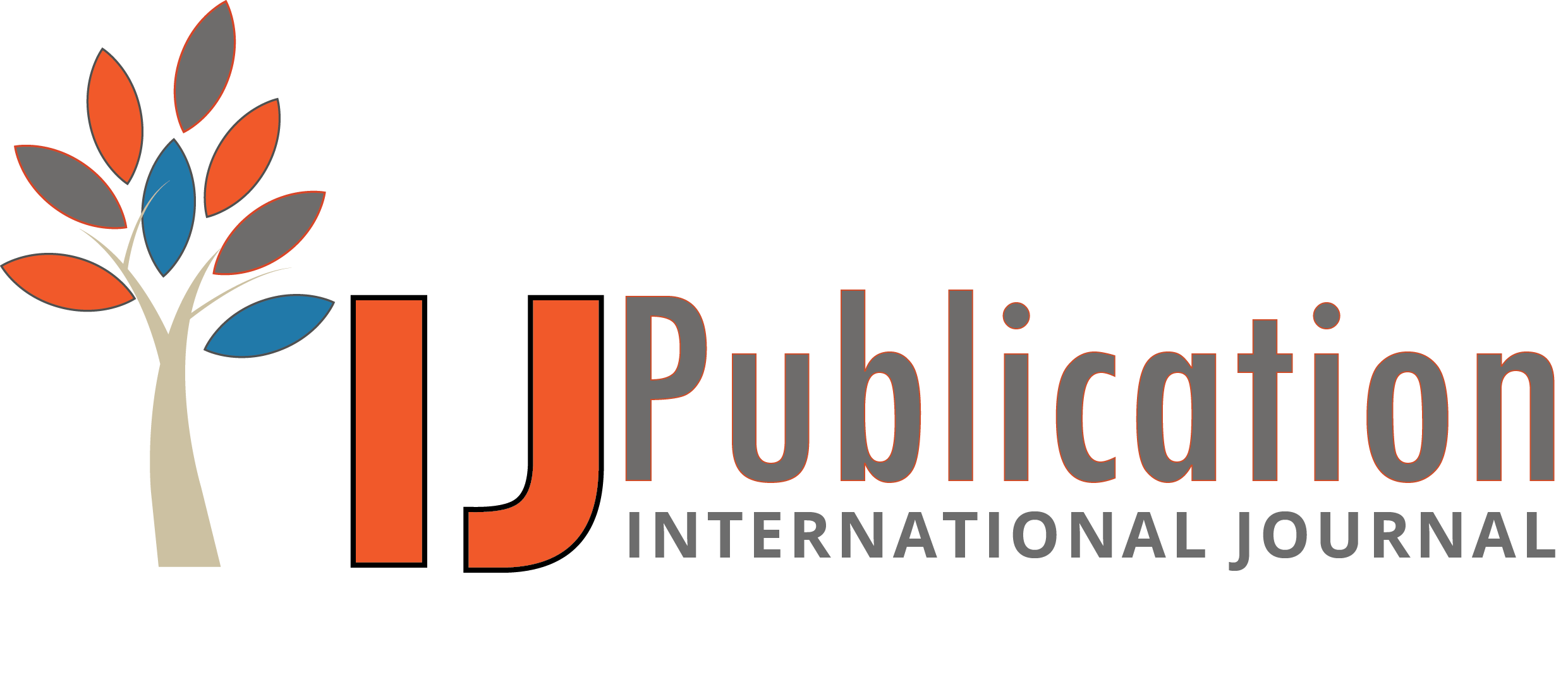Balaji Govindarajan Reviewer
 Approved
Approved
Relevance and Originality
The proposed research addresses a significant issue faced by visually impaired individuals, focusing on enhancing their independence and navigation capabilities. The integration of object detection and voice assistance within a compact, Android-powered device represents a novel approach that builds upon existing solutions like voice assistants and white canes. The emphasis on creating a practical tool that not only improves daily functioning but also mitigates privacy concerns associated with cloud-based services highlights the originality of this work. This research has the potential to make a meaningful impact in the lives of visually impaired individuals, contributing to their ability to navigate and interact with their surroundings more effectively.
Methodology
The methodology employed in this research involves the use of Arduino Uno, YOLOv7 for object detection, and an Android camera module to create a comprehensive object detection and navigation system. The choice of technologies is appropriate, as they allow for real-time processing and portability. Controlled environment assessments that simulate real-world scenarios are an effective way to evaluate the device's performance. However, more details on the specific experimental design, including the parameters used for testing and the criteria for evaluating the effectiveness of the system, would enhance the methodological rigor. Additionally, expanding the testing to include diverse real-world situations could provide a more robust understanding of the system's capabilities.
Validity & Reliability
The preliminary results indicate that the proposed device can assist visually impaired individuals in navigating unfamiliar environments, but the current data is insufficient for definitive conclusions. To enhance the validity of the findings, future studies should include a larger sample size and more diverse testing environments. This would help establish reliability and allow for more generalizable conclusions about the system's effectiveness. Furthermore, incorporating user feedback and subjective experiences of visually impaired individuals during trials would provide valuable insights into the practical usability and impact of the device.
Clarity and Structure
The paper is generally well-structured, presenting the problem, proposed solution, and initial results in a logical flow. However, certain sections could benefit from clearer explanations and definitions, particularly concerning the technical components like YOLOv7 and Arduino. A more detailed description of the system's operation and how users interact with it would help readers better understand its functionality. Additionally, including diagrams or images of the device and its user interface could enhance clarity, making the concepts more accessible to readers with varying technical backgrounds.
Result Analysis
The results presented in the paper suggest that the proposed device improves accessibility and navigation for visually impaired individuals compared to traditional tools like white canes. However, the analysis lacks quantitative performance metrics, such as success rates in navigating obstacles or user satisfaction ratings. Including these metrics would provide a clearer assessment of the system's effectiveness. The mention of two experimental scenarios indicates a starting point for evaluation, but more comprehensive testing and analysis are needed to draw robust conclusions.












Balaji Govindarajan Reviewer